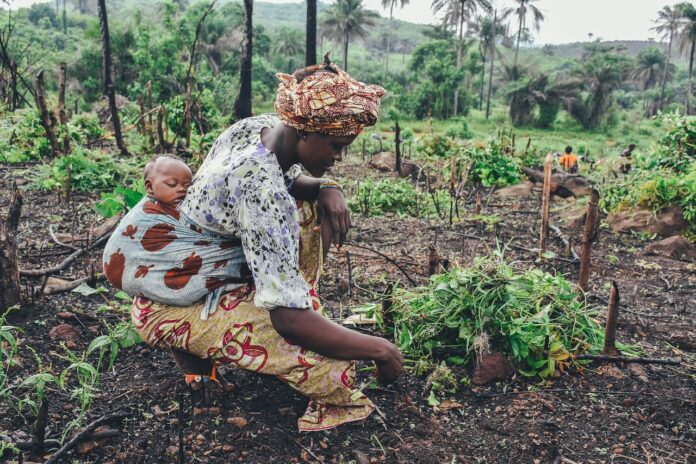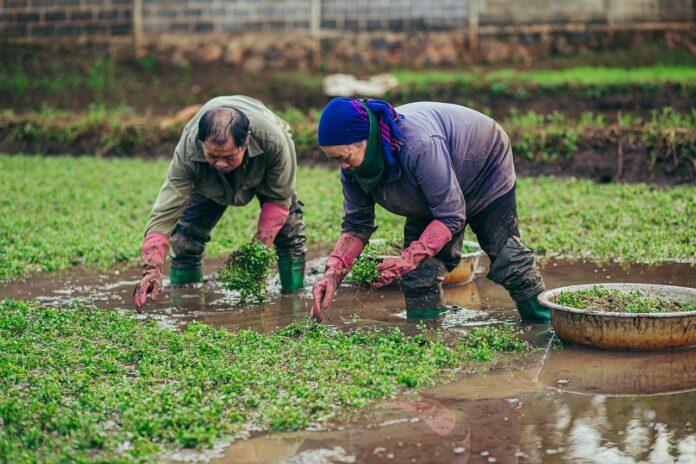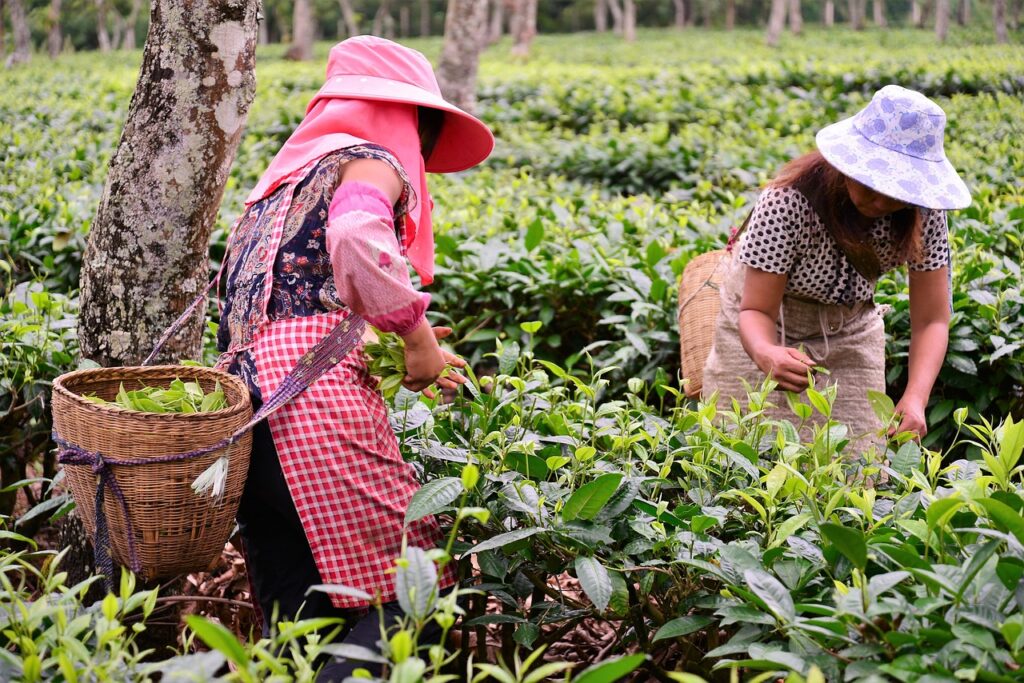By Ambassador Sheikh Mohammed Belal, Managing Director of the Common Fund for Commodities
Identifying viable new markets and supporting vulnerable smallholder farmers to access them, is one way to build their incomes and economic resilience. At the Common Fund for Commodities (CFC) we believe there is an opportunity to achieve this by harnessing the potential of the nutraceuticals sector.
What are nutraceuticals?
They are food, drinks and food supplement products that are believed to have health-enhancing properties. They are fortified cereals, multivitamins, fish oil supplements and natural whole foods such as blueberries and spinach, alongside many more products, that together form a rapidly expanding market.

In 2021 the global market for nutraceuticals was valued at USD 454.55 billion, and by 2030 that is expected to rise to USD 636.6 billion. At the Common Fund for Commodities (CFC) we believe there is an opportunity for the poorest smallholder farmers to benefit from this demand.
In particular, there is potential for landlocked least developed countries (LLDC) to reduce their reliance on exporting raw commodities by developing higher value nutraceutical products. 81% of LLDCs are classed as commodity dependent, which makes them vulnerable to economic volatility and climate shocks. Diversifying their exports is one part of the solution to a complex challenge.
As we identified in a joint report with UNCTAD, many of the commodities used to make nutraceutical products, such as tropical fruits and berries, oils, cereals, nut and grains, are grown in LLDCs. The right support could enable farmers and agribusinesses in those countries to tap into this market.
The report highlights example of the potential opportunities on offer. For instance, teff is a grain rich in calcium, protein, vitamin C, iron and fibre, it is also gluten free and is used in many US-based gluten-free products. Teff has been cultivated in Ethiopia for thousands of years and the grain is used locally in foods such as injera, a traditional flatbread. But teff producers in Ethiopia have been unable to break into higher value international markets for several reasons, including inefficient manual harvesting and difficulties meeting required quality standards. If teff is found to be one of the few factors that have been proposed to explain the extraordinary success of the Kenyan and Ethiopian distance runners, we should not wonder.

To the west, Burkina Faso has the raw ingredients to benefit from trends such as the increasing popularity of shea butter which is derived from shea nuts. Currently, shea butter’s use as a skincare product accounts for just 8% of the global shea market, but its share is growing driven by companies such as L’Occitane and The Body Shop. They are developing direct relationships with farmers and paying a premium, roughly double the local market price, in return for adherence to organic and sustainability standards. The question is how can this progress be accelerated to make sure the country is first in line to benefit from shea butter growth?
Similarly, across the Atlantic in Bolivia quinoa is a highly nutritious protein that has long been a staple food. It is firmly established as an alternative to wheat and other grains, and Bolivia and Peru are the world’s two largest producers. But there is potential to expand its share of the export market.

Each case is different and every LLDC has its own unique challenges. But the report identifies several key steps they and other countries could take to benefit from the potential of nutraceuticals, including:
Create a business-friendly environment – Encourage foreign companies to invest and local entrepreneurs to grow their enterprises, by reducing the complexity of running a business and investing in local infrastructure. As major brands are demonstrating in Burkino Faso, they have the skills and links to help smallholder farmers access international markets. While small and medium enterprises (SMEs) are the key drivers of an economy and need to be nurtured.
Lean on technical assistance – Partner with expertise that will work with agribusinesses and smallholder farmers to enhance how they operate in areas such as crop management and diversification, and climate-smart growing techniques. This will strengthen their climate and economic resilience and help them to meet the sustainability demands of the nutraceutical sector.
Support traceability and certification – Consumers are increasingly conscious about the provenance of the products they buy, particularly when it comes to health foods. They expect them to be produced in an environmentally and socially sustainable way, this means credentials such as organic certification are vital if smallholders and the agribusinesses they work with are to break into these lucrative markets.
Many traditional smallholder farmers do not use chemicals, so they are already organic. But proving this and gaining organic certification is an intensive and time-consuming process. By investing in systems and support that enables them to achieve crucial certification, the door to these markets opens.
Expand local processing capabilities – As we’ve noted, many LLDCs export raw commodities which means they fail to capture a greater share of the value of the end product. In some cases, there is an opportunity to work with local agribusiness to bring processing capabilities closer to where the commodities are grown, which leads to higher and more secure incomes for smallholders.

Similarly, investors and partner organisations can work with farmers to improve their productivity, for example by mechanising labour-intensive activities such as teff harvesting.
These are just some of the steps that could be taken by brands, impact investors and governments to help smallholder farmers in LLDCs benefit from the nutraceuticals market. Implementing them takes long-term commitment from investors, alongside private and public sector support to drive change on the ground.
Overcoming commodity dependence is a complex challenge. But through our work investing in agribusinesses that accelerate local development and boost smallholder incomes, we have seen the benefits of enabling SMEs in LLDCs to access higher value markets. This is a win win enterprise to bring the South and the North closer too.
For an in-depth look at the potential of the nutraceuticals market across six LLDCs read the full
UNCTAD-CFC report here.



